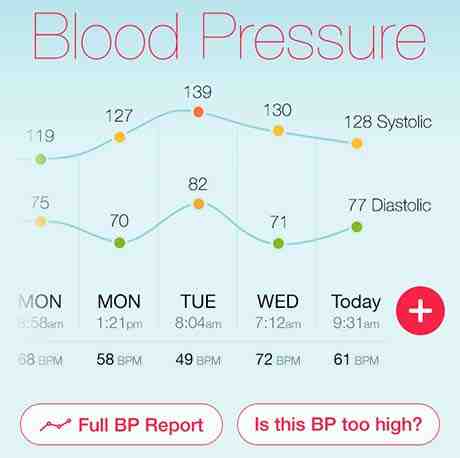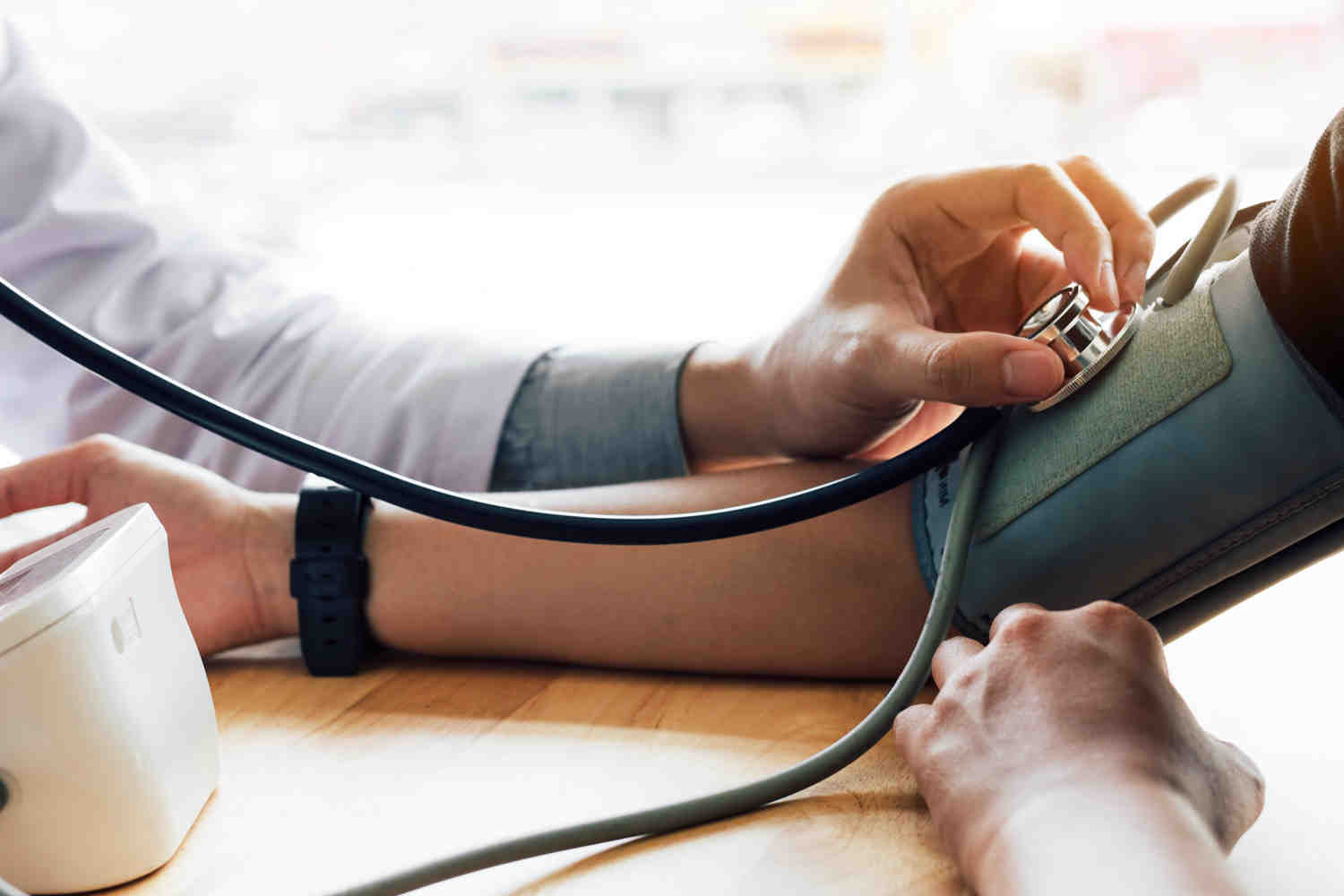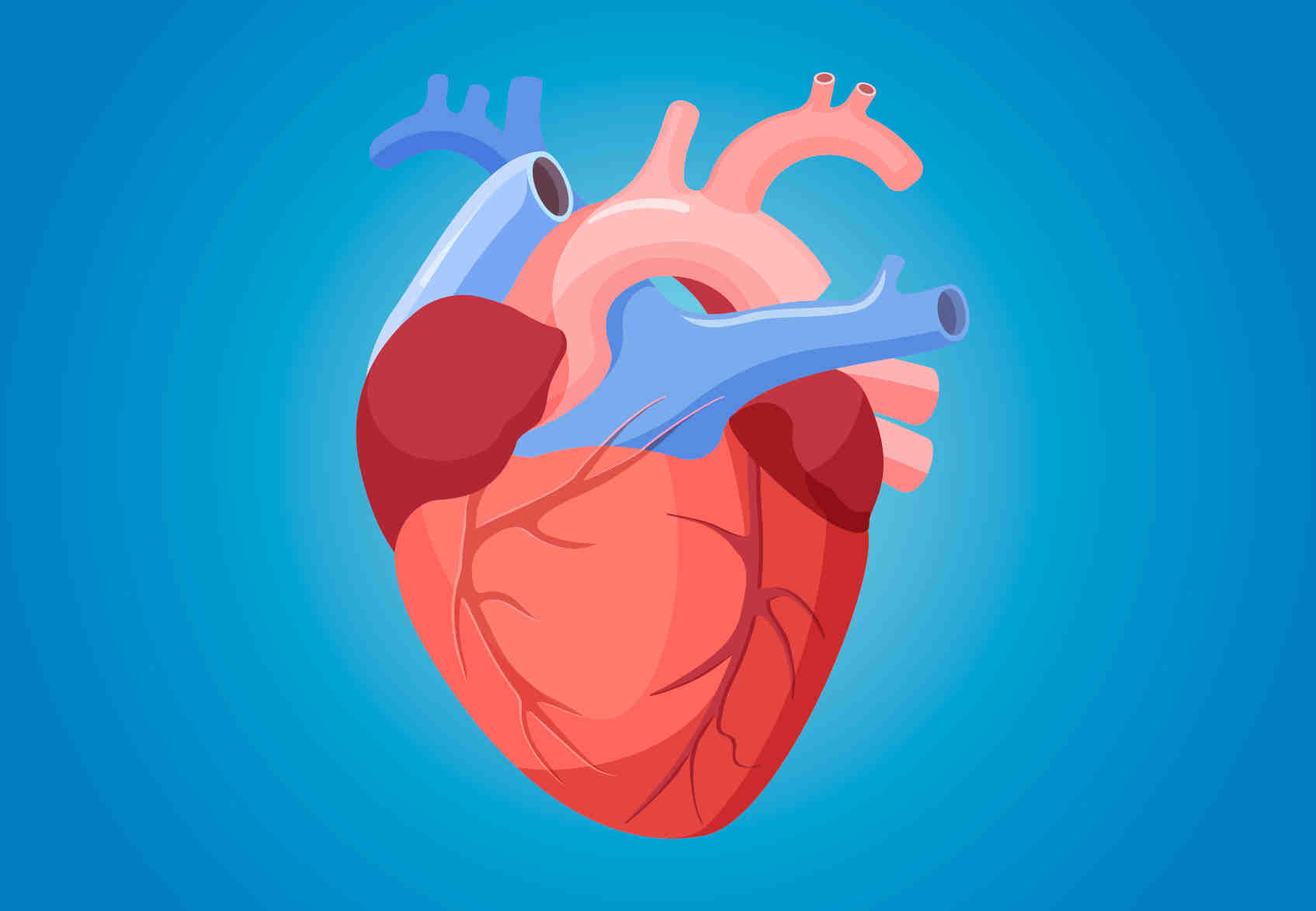What causes low heart rate?
Causes of bradycardia include: Problems with the sinoatrial (SA) node, which is sometimes called the heart’s natural pacemaker. Cardiac conduction problems that do not allow electrical impulses to pass properly from the atria to the ventricles. Metabolic disorders such as hypothyroidism (low thyroid hormone)
How can you fix a low heart rate? Bradycardia treatment may include lifestyle changes, medication changes or an implanted device called a pacemaker. If an underlying health problem, such as thyroid disease or sleep apnea, is causing the slow heart rate, treatment of the condition can correct the bradycardia.
What is a dangerously low heart rate?
The heart of adults at rest usually beats between 60 and 100 times per minute. If you have bradycardia, your heart beats less than 60 times per minute. Bradycardia can be a serious problem if the heartbeat is too slow and the heart cannot pump enough oxygenated blood around the body.
What heart rate is low enough to go to the hospital?
If your heart rate is always more than 100 per minute or less than 60 per minute (and you are not an athlete) and if you have symptoms such as dizziness, palpitations, chest pain, fainting it’s wind, you may need to see a doctor. the hospital.
What is a life threatening low heart rate?
When the heart does not work as it should, and his heart beats abnormally slowly below 60 beats per minute, this condition is known as bradycardia. Bradycardia can be life-threatening if the heart can’t keep up and pump enough oxygenated blood throughout the body.
What would cause a low heart rate?
Causes of Low Heart Rate Problems Other causes of low heart rate include atrioventricular block, age, and certain conditions such as inflammation of the heart muscle, low thyroid function, inactivity electrolyte imbalance, cardiac arrest, or heart attack due to coronary artery disease.
What can a low heart rate be caused by?
Bradycardia can be caused by:
- Cardiovascular damage associated with aging.
- Damage to heart cells due to heart attack or stroke.
- Congenital heart defect
- Inflammation of the heart cells (myocarditis)
- Complications of heart surgery.
- an underactive thyroid gland (hypothyroidism)
What is a serious low heart rate?
Bradycardia is a very slow heart rate. What is considered too slow may depend on your age and physical condition. For example, elderly people are more prone to bradycardia. Generally, in adults, a resting heart rate of less than 60 beats per minute (BPM) qualifies as bradycardia.
Is a heart rate of 55 too low?
According to the American Heart Association, the normal resting heart rate for an adult is between 60 beats per minute (BPM) and 100 BPM for people 15 years and older. A resting heart rate below 60 BPM is considered bradycardia, which is the medical term for a very slow heart rate.
When should I go to the ER for low heart rate?
Time to contact a doctor. If the baby has a low heart rate, the parent or caregiver should take him to the emergency room. Adults and children with low heart rates and symptoms such as chest pain, fainting, or exercise intolerance should also go to the hospital.
Is 55 a good heartbeat rate?
The normal heart rate for adults is between 60 and 100 beats per minute. Sinus rhythm is when your heart beats regularly and regularly. Sinus bradycardia means that your heart beats regularly, but slower than normal. Sinus bradycardia is usually a benign arrhythmia (especially in very active people).
When is blood pressure high enough to go to the hospital?

High blood pressure, caused by lifestyle problems such as obesity and lack of exercise, among other causes, is a serious disease. If it’s too high, especially 180/120 or higher, and you have the symptoms listed here, you should call 911 or go to the emergency room.
When should you go to the ER for BP? âThe American Heart Association states that a reading of 180/110 or higher requires immediate medical attention. If you read this reading twice in a row, five minutes apart, you should go to the nearest ER,â says Dr. Meier.
What is considered stroke level high blood pressure?
Blood pressure above 180/120 mmHg is considered a stroke condition, which is high in risk and requires immediate medical attention.
What level of blood pressure is stroke level?
Hypertension is a sudden, severe increase in blood pressure. Blood pressure is 180/120 millimeters of mercury (mm Hg) or higher. Hypertension is a medical emergency. It can cause heart attack, stroke or other life-threatening health problems.
When should you go to the ER with high blood pressure?
Seek emergency care if your blood pressure is 180/120 or higher AND you have any of the following symptoms, which may be signs of kidney failure: body: Chest pains. Difficulty breathing. Numbness or weakness.
Should I go to the hospital if my blood pressure is 150 over 90?
Normal blood pressure is 120/80 or less. Your blood pressure is considered high (stage 1) if it reads 130/80. Stage 2 high blood pressure is 140/90 or higher. If blood pressure reaches 180/110 or more once, seek medical attention immediately.
At what blood pressure reading should you go to the hospital ER?
âThe American Heart Association states that a reading of 180/110 or higher requires immediate medical attention. If you take this reading twice in a row, five minutes apart, then you should go to the nearest ER,â says Dr.
Why is my blood pressure 150 90?
A blood pressure of 150/90 mmHg comes under the category of stage I hypertension and means that you have high blood pressure.
What causes a low pulse with high blood pressure?

High blood pressure thickens the heart muscle making it difficult to conduct electrical impulses through the thickened tissue. Your heart may not beat as fast when this happens, and your heart rate will slow down.
What causes high blood pressure and low heart rate? If you have high blood pressure, a low heart rate may be caused by blood pressure medications such as beta-blockers or changes in your heart muscle. High blood pressure can cause the heart to thicken, which may affect its electrical system and result in heart failure.
What should I do if my blood pressure is high and my pulse is low?
A person should seek medical help immediately if they have the following symptoms along with a decreased heart rate and high blood pressure:
- dizziness or lightheadedness.
- feeling faint or fainting.
- shortness of breath.
- chest pain.
Can you have high BP with low heart rate?
High blood pressure and low heart rate is a very rare phenomenon. People are more likely to develop high blood pressure on their own unless they are taking medication that can affect their heart rate. Certain medications in people with high blood pressure can result in low heart rate and high blood pressure.
How do you keep your blood pressure and heart rate low?
Exercising, eating a healthy diet, reducing alcohol and caffeine intake, practicing yoga, meditation, or deep breathing, meditation, prayer, journaling, laughing, listening to ‘ music, spending time with family and friends, and playing with animals can all help reduce your energy levels. depression and low blood pressure.
What does high blood pressure low pulse mean?
If you have high blood pressure with a low heart rate, it means that your blood increases the pressure in your blood vessels, but your heart beats less than 60 times per minute.
What is a dangerously low heart rate?
The heart of adults at rest usually beats between 60 and 100 times per minute. If you have bradycardia, your heart beats less than 60 times per minute. Bradycardia can be a serious problem if the heartbeat is too slow and the heart cannot pump enough oxygenated blood around the body.
Is there a relationship between pulse and blood pressure?
The relationship between heart rate and blood pressure depends on location. As mentioned above, there is a direct relationship between heart rate and peripheral blood pressure. However, many studies have shown an inverse relationship between heart rate and central blood pressure.
What is a dangerously low heart rate?
The heart of adults at rest usually beats between 60 and 100 times per minute. If you have bradycardia, your heart beats less than 60 times per minute. Bradycardia can be a serious problem if the heartbeat is too slow and the heart cannot pump enough oxygenated blood around the body.
What is the lowest heart rate you can safely have?
Generally, in adults, a resting heart rate of less than 60 beats per minute (BPM) qualifies as bradycardia. But there are exceptions. Your heart rate can drop below 60 BPM during deep sleep. And physically active adults (and athletes) often have resting heart rates slower than 60 BPM.
Is a heart rate of 50 too low?
Doctors consider a low heart rate to be 60 beats per minute (bpm) and below. In fact, if you have bradycardia, you will have a heart rate of less than 60, even when you are awake and active. On the other hand, the normal range is 60 to 100 bpm when you are awake.
What is a dangerously low heart rate?

The heart of adults at rest usually beats between 60 and 100 times per minute. If you have bradycardia, your heart beats less than 60 times per minute. Bradycardia can be a serious problem if the heartbeat is too slow and the heart cannot pump enough oxygenated blood around the body.
What is a life-threatening low heart rate? When the heart does not work as it should, and his heart beats abnormally slowly below 60 beats per minute, this condition is known as bradycardia. Bradycardia can be life-threatening if the heart can’t keep up and pump enough oxygenated blood throughout the body.
What heart rate is low enough to go to the hospital?
If your heart rate is always more than 100 per minute or less than 60 per minute (and you are not an athlete) and if you have symptoms such as dizziness, palpitations, chest pain, fainting it’s wind, you may need to see a doctor. the hospital.
What is the lowest your heart rate can go?
But if it’s too slow, it could be a sign of a condition called bradycardia. Normally, your heart beats 60 to 100 times per minute when you are resting. But with bradycardia, it drops to less than 60 beats per minute. This may not be a problem for some people.
Is a heart rate of 50 too low?
Doctors consider a low heart rate to be 60 beats per minute (bpm) and below. In fact, if you have bradycardia, you will have a heart rate of less than 60, even when you are awake and active. On the other hand, the normal range is 60 to 100 bpm when you are awake.
Is a heart rate of 50 too low?
Doctors consider a low heart rate to be 60 beats per minute (bpm) and below. In fact, if you have bradycardia, you will have a heart rate of less than 60, even when you are awake and active. On the other hand, the normal range is 60 to 100 bpm when you are awake.
What does it mean if your pulse is 53?
Generally, in adults, a resting heart rate of less than 60 beats per minute (BPM) qualifies as bradycardia. But there are exceptions. Your heart rate can drop below 60 BPM during deep sleep. And physically active adults (and athletes) often have resting heart rates slower than 60 BPM.
Does lying down decrease heart rate?
The heart slows down when we sleep and there may be pauses between heartbeats. Surprisingly, this is especially true for elite athletes.
What is the lowest heart rate you can safely have?
Generally, in adults, a resting heart rate of less than 60 beats per minute (BPM) qualifies as bradycardia. But there are exceptions. Your heart rate can drop below 60 BPM during deep sleep. And physically active adults (and athletes) often have resting heart rates slower than 60 BPM.
What is the safest lowest heart rate?
Although a heart rate is considered normal if it beats between 60 and 100 beats per minute, most healthy adults at rest have a resting heart rate of less than 90 per minute.